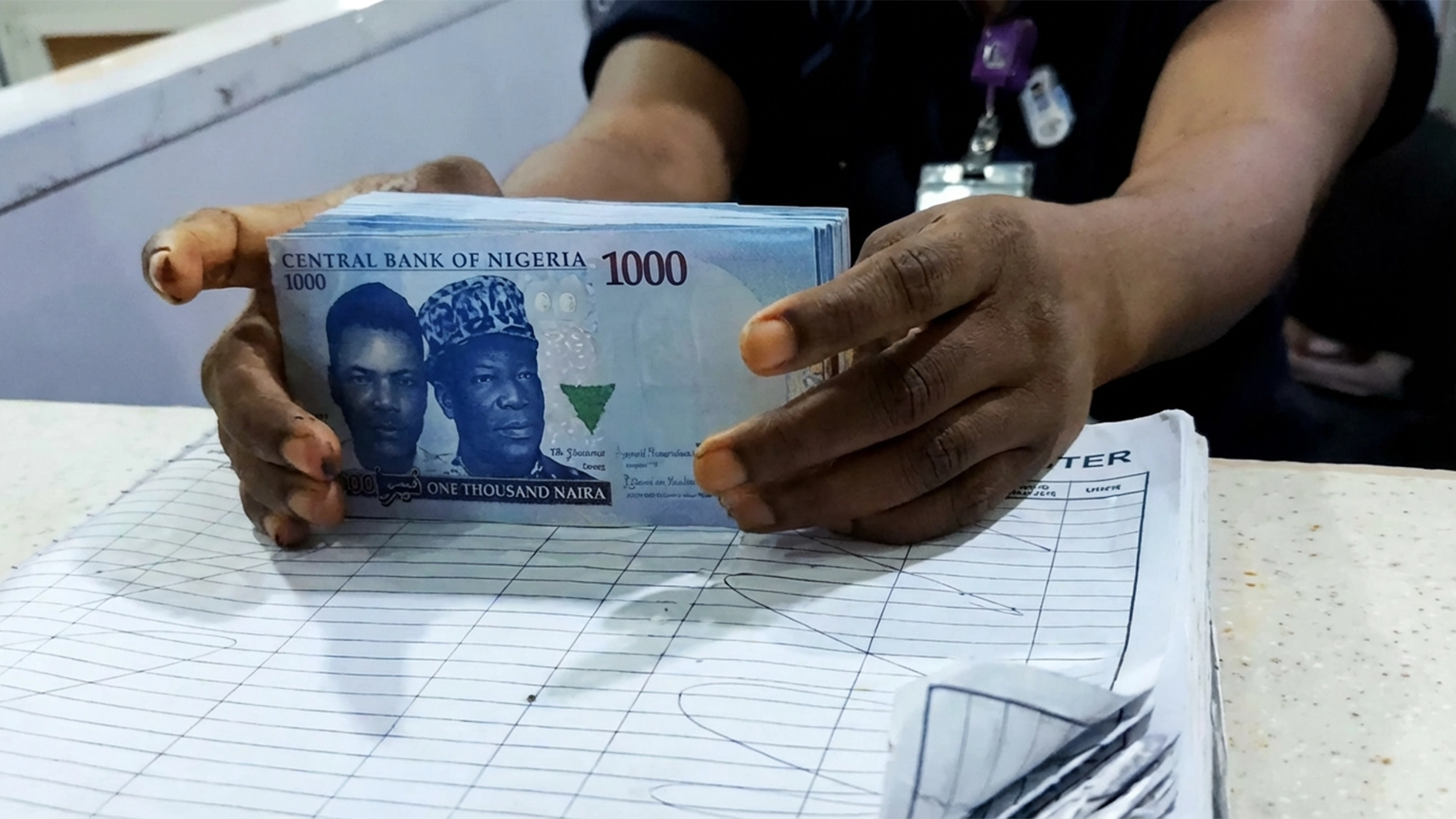In mid-2023, Nigeria enacted one of its boldest reforms in decades: the removal of the long-standing petrol (fuel) subsidy. President Bola Tinubu announced in late June 2023 that petrol would henceforth be priced at market levels, immediately ending decades of artificially low pump prices. This move, carried out shortly after Tinubu’s inauguration, had been anticipated (he had promised it on the campaign trail) but was politically fraught. Proponents argued it was fiscally necessary (the subsidy had cost $10 billion in 2022) and economically sound.
Critics warned it would sharply raise living costs for ordinary Nigerians. In practice, the policy reshaped Nigeria’s economic landscape, with both disruptive short-term effects and important long-term fiscal implications.
Rationale behind removal: The main driver was fiscal unsustainability. The fuel subsidy, which kept retail petrol prices artificially low, had become a massive drain on the budget. As Tinubu noted, it cost the government about \$10 billion in 2022 alone. This left fewer resources for essentials like education, infrastructure, and healthcare. Removing the subsidy was projected to save the treasury trillions of naira (the World Bank estimated potential savings of 3.9 trillion naira in 2023).
Leaders like Tinubu and finance officials framed the move as a painful but necessary sacrifice to “save the country from going under.” They pledged that subsidy savings would be redirected into social and capital investments (roads, power, schools) to benefit the majority. Indeed, Fitch and Moody’s both highlighted subsidy removal, along with exchange-rate reforms, as positive for Nigeria’s credit profile. In short, the rationale was to relieve fiscal pressures, trim waste and corruption, and redirect funds to growth-enhancing sectors.
Immediate effects: Almost overnight, petrol prices spiked. State fuel sellers (NNPC Limited) raised their price from ₦189/litre to ₦557/litre. Within weeks, prices at the pump shot up to records of ₦617 per litre. (Private marketers also posted even higher prices, reflecting dollar-denominated imports.) This tripling of the petrol price sent shockwaves through the economy. Transportation costs soared, as diesel and petrol-powered vehicles and generators nationwide. The Reuters report observed that transport fares jumped sharply, and startups (e.g., ride-hailing) raised their rates due to higher fuel costs.
Consumers immediately felt the squeeze: food vendors, traders, and small businesses saw their operating costs rise. Unions reacted angrily. By early July 2023, Nigeria’s main labour federations had threatened a nationwide strike unless prices were rolled back. (An August 2023 strike was briefly called off only after promises of relief.)
Moreover, there was a surge in inflationary pressure. Already high from other reforms, headline inflation accelerated from 18% in mid-2023 to over 24% by July, reaching an 18-year high. Food inflation alone climbed from 24.8% to 27.0% within weeks of the change. In short, the short-run effect was sharp cost-of-living pain for most Nigerians.
The government, for its part, moved quickly to mitigate the social impact. President Tinubu acknowledged the hardship (“I feel your pain”) but defended the move as necessary. He and his cabinet announced several relief measures: a ₦500 billion economic stimulus targeting farmers, bus imports for cheaper public transit, and cash transfers for the poorest. Grain stocks were released to markets, and school fees were formally frozen to ease burdens. However, many Nigerians still complained that they were hit unexpectedly by higher prices on multiple fronts (fuel, FX devaluation, education fees). Indeed, unions repeatedly demanded rollbacks on the basis that the poor had been overburdened. It was a stark trade-off: short-term hardship versus long-term fiscal health.
Impact on inflation and costs: Predictably, the subsidy removal became a key driver of inflation in 2023. By July, consumer prices were growing at the fastest rate since the early 2000s. Analysts, including the World Bank, had warned that scrapping subsidies would stoke inflation in the near term. Fuel price hikes fed directly into food and transport prices. The effect was visible nationwide: vegetables, grains, and protein staples all rose in price within weeks. With the naira also weakening on liberalised FX markets (see next article), imported costs and raw-material inflation compounded pressures. In short, subsidies gone meant fuel was more expensive, adding to the breadth of Nigeria’s ongoing cost-of-living crisis.
Public reaction and unrest: Socially, the reform triggered widespread unrest. Labour unions called off work on several occasions, and protests flared across cities. On August 2, 2023, union leaders began a planned strike to demand lower fuel costs and relief measures. At the same time, doctors, teachers, and other public sector unions threatened walkouts over the erosion of real wages. The government invoked court orders to temporarily halt strikes, but public discontent was clear. For example, union officials vocally condemned the NNPC’s “illegal” price hikes, demanding negotiations. In media and social forums, many Nigerians complained that sudden reform without sufficient safety nets was “unfair” to the poor. Nonetheless, Tinubu’s administration held firm: as he insisted, the subsidy mainly benefited elites and smugglers, and the temporary pain would yield future dividends.
Fiscal and long-term implications: Crucially, the subsidy cut delivered massive budget savings almost immediately. President Tinubu reported that in just two months, Nigeria saved over ₦1 trillion (about $1.32 billion) thanks to the reform. The World Bank’s earlier analysis suggested up to ₦3.9 trillion could be saved in 2023 if subsidies were fully abolished. These savings helped close the fiscal deficit and freed resources for infrastructure and social programs. Indeed, credit analysts (Fitch, Moody’s) had already signalled that subsidy removal would improve Nigeria’s credit profile and fiscal outlook. By reducing wasteful spending, the policy strengthened public finances, a key goal given Nigeria’s rising debt levels.
Longer-term, economists see benefits to growth and diversification. Without subsidies crowding out spending, the government could invest more in roads, power, and education – investments that support business and jobs. Tinubu argued that the move would finance better schools, hospitals, and transit for the masses. In theory, this should boost productivity and inclusive growth. Moreover, freeing up market-priced fuel opens the economy to private competition (already 56 importers licensed to bring in petrol) and may eventually lower prices through market efficiencies.
However, risks remain. If the government fails to translate savings into visible public goods, public support may erode. A key worry is persistent inflation: if monetary policy does not tighten enough, higher costs could become entrenched, damaging growth and incomes. Additionally, fuel price volatility (from global oil shocks) will now pass directly to consumers and businesses, making households more vulnerable to exogenous shocks.
Assessment: On balance, Nigeria’s 2023 subsidy removal was a high-stakes reform that yielded significant fiscal gains but imposed severe short-run costs. As one analyst summarised, the government traded “short-term pain for long-term gain.” So far, the move has substantially improved budget sustainability – a vital step for economic stability. Yet it also exacerbated inflation and social strain, underscoring the need for strong policy support.
In the medium term, the implications look positive: fewer drains on the budget, a unified approach to fuel pricing, and potential efficiency gains in energy. The policy’s ultimate success will depend on complementary measures – mainly targeted social support and prudent monetary policy – to ease the burden on citizens while keeping the economy on track.






